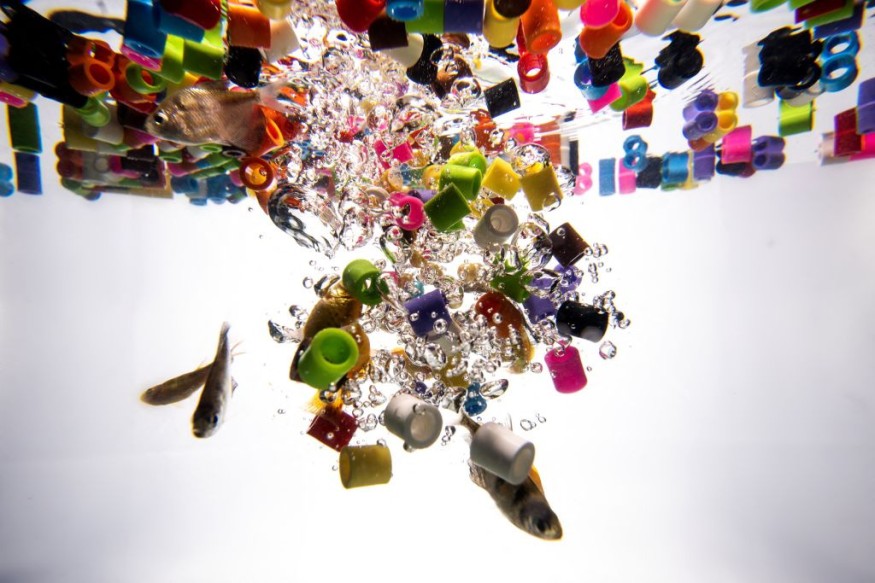With the increasing threats of plastics, a recent study developed a bio-based wood dust device that can filter tiny particles of plastics.
Environmentalists and researchers have been finding new environmental-friendly ways to address massive amounts of plastic worldwide.
The growing concerns about microplastics can endanger humans and animals.
At least 19 to 23 million tonnes of plastic entered the world's oceans, especially seas and rivers.
Aquatic animals likely consume these plastic articles. They often see plastics as potential food, which could cause their untimely deaths.
The efficient recycling and mitigation of plastic use have been vital to significantly reducing plastic production worldwide.
According to a new researcher in Advanced Materials, researchers discovered a bio-based filtering device that effectively traps microplastics.
Filtering device to trap microplastic pollution

Researchers from UBC's BioProducts Institute looked into the role of natural plant compounds and wood dust in filtering microplastics.
The method and device are considered cost-effective.
Trapping microplastics is difficult because they can break into smaller particles, posing more environmental and human health concerns.
Tap water can also become at risk when microplastics become uncontrollable.
According to Dr. Orlando Rojas, the report explained that keeping the microplastics out of the water was challenging, especially since they have varying electrical charges, shapes and sizes.
As a result, urgent solutions are vital to reduce plastic pollution, especially using bio-friendly or biodegradable materials. The new filtering device employs wood sawdust, leaves and tannic acid.
Dr. Rojas is chairing the Canada Excellence Research in Forest Bioproducts.
The sustainable approach to addressing plastic pollution has effectively prevented microplastic particles.
New plastic recycling
Furthermore, researchers also studied innovative recycling ways that can help turn plastic waste into high-quality products.
The research published in Science journal explained that the new method could use less energy-chemical processes in recycling plastic waste.
Using less energy in the homogenous hydroformylation catalysis can reduce greenhouse gas emissions by turning high-quality products from junk or plastic waste.
The recent report about plastic pollution and flood risk showed that plastic can increase the possibility of intense and frequent flooding.
Plastic can enter vital drainage systems and block the water, causing dangerous flooding in low-lying urban areas. Climate change can also aggravate the flooding problem.
In addition, poorer communities can be at risk of the impacts of flood, bringing other health risks such as:
- Skin infections
- Mosquito diseases
- Cholera
- Gastrointestinal infections
At least 218 million worldwide are at risk of flooding due to the increasing plastic pollution problem.
The commitment of countries, communities and businesses is essential to mitigate the environmental effects of microplastic pollution.
Also Read : Melted Plastic Rocks Cause Environmental Risks to Coastal Areas, Beaches Due to Harmful Pollutants
Did you know?
According to research in the Journal of Hazardous Materials, plastic can seriously harm seabirds, resulting in starvation or difficulty surviving.
Due to plastics fragment, the new term 'Plasticosis' can damage animal digestive organs.
Related Article: From Junk to Quality Products: New Plastic Recycling Method Can Reduce Greenhouse Gas Emissions, Pollution
For more similar stories, don't forget to follow Nature News.
© 2025 NatureWorldNews.com All rights reserved. Do not reproduce without permission.

